 |
 |
 #INTHEAIREVERYWHERE |
| Vol. 15 No. 73 | Wednesday
September 21, 2016 |
 |
|
|
 |
|
I challenge anyone to think of a more important institution tied to the overall economic success or the cumulative fortune of a city (or even an entire region or nation) than a major international hub airport. Maybe a global stock exchange, or perhaps an extensive rail transit system, or possibly a massive seaport. They are all worthy competitors, but they still do not live up to the pervasive daily influence and financial contribution that a gateway airport has in serving its surrounding area. It usually takes time, often many decades, for a city to emerge as an economic leader and population magnet—and often a little luck along the way doesn’t hurt. For Chicago, the city’s central national geography and its connection between the Great Lakes and the Mississippi River sealed its destiny.
The Windy City The Windy City was a waterway crossroads before transitioning to a top rail center, followed successively as a superhighway junction, and finally as an aviation nexus. This geography and history as an economic epicenter is an important part of the Chicago saga, as the past usually provides the evolutionary foundation for the future (the exception being some centrally-planned meccas overseas like Dubai). Unlike the continental confinement of railroads and trucks or the slower speed of ships, though, airport systems are practically limitless in our modern jet age as mechanisms that connect a city to the world. The Airports Chicago’s
O’Hare Airport (along with its sibling Midway
Airport) has done a decent job at that, but it takes
constant work and planning to stay strong and competitive. Staying Competitive The City of Chicago, which owns and operates O’Hare and Midway, chose to definitively answer this question 15 years ago in two parts: First, the O’Hare Modernization Program (OMP) was set up to guide a multi-billion dollar capital plan to straighten all of O’Hare’s historically criss-crossed runways into six parallel runways (with two diagonal runways kept for use in varying weather conditions) for greater operational efficiency in both passenger and cargo activity.OMP also reserved the largest chunk of vacant airport land to the west for future passenger terminal expansion. Although the shape and scope of future passenger terminals are still evolving based on airline input, the last parallel runway is now scheduled for completion in 2020. Enter Air Cargo The
second strategy purely on the cargo end was to develop
a new campus to handle foreseeable demand and growth.
It has taken a decade from inception to opening day,
but the first phase of this cargo campus will be open
for business this autumn—and this is in addition
to two more state-of-the-art cargo facilities built
this decade for Federal Express and United Airlines
under OMP (relocated to build a new runway). It Ain't Pretty Air
cargo is not as glamourous or prominent as passenger
service, nor does it play a central role in a major
airport’s fiscal health or daily consciousness—but
make no mistake, air cargo is of great consequence.
Over 1.6 million tonnes of cargo worth in excess of
$100 billion are imported and exported through O’Hare
annually on dedicated freighters or in the bellies of
passenger planes. While air cargo is only a tiny fraction
of all cargo carried on ships, trains, or trucks, it
represents the most valuable and leading goods that
support technology, commerce, productivity, and jobs.
Fat Chance All
politics aside in this U.S. election year, the bottom
line is that trade is good. Trade is a critical component
and general indicator of a large city’s economy
and draw, and air trade is the sparkling jewel in the
crown. You cannot miss the miles of O’Hare hinterland
supporting hundreds of distribution centers, manufacturers,
freight forwarders, trucking companies, and importer/exporters
that support thousands of jobs (and that is of course
on top of the dizzying number of hotels and corporations
attracted to the airport at the other end of the economic
spectrum). The Writing On The Wall In Chicago,
we saw the writing on the wall before the recession
hit: our annual cargo volumes could not climb above
a ceiling of about 1.5 million tonnes based on maxing
out all available space and parking capacity to date,
as our studies showed. Getting Underway A major
RFQ/RFP process was initiated, with a healthy response.
Aeroterm was selected as the developer with a solid
bid that included the highest rents O’Hare had
ever seen for a long-term ground lease (35 years in
this case). The project received FAA approval to proceed
after a lot of hard work tending to the details, including
all the slings and arrows involved in advancing a large
public procurement project like this—but then
a horrible recession hit. Rahm On In the
end, incoming Mayor Rahm Emanuel got wind of the project
and charged forward in the name of jobs and economic
development. We figured out a way to fully leverage
the supporting infrastructure that the project would
need (remediation, drainage, new taxilane, etc.) and
the new Northeast Cargo campus was back on track—including
receiving full support from the Chicago City Council.
Another Opening And
now an overview of the fruits of our labor and our long
journey as the first phase of the Northeast Cargo campus
is poised to open shortly. This is a $200 million investment
in O’Hare in three phases that will add over 800,000
square feet of new cargo facilities with 15 new B747-8F
parking positions when fully completed by the next decade.
That should indeed be a 50 percent increase in capability
to process air cargo at O’Hare, which would allow
annual volume to exceed 2 million tonnes and pump billions
of more dollars in goods into the Chicago and regional
economy while creating new jobs and businesses (and,
like all construction at O’Hare today, in a sustainable
fashion). Making The Case In closing,
I turn to my colleagues at great North American airports
like Dallas, Atlanta, and Toronto who I believe understand
what I am talking about and also want to see their cargo
capacity grow. A thriving cargo operation completes
the picture of an airport working on all pistons to
support its metropolitan or regional economy, which
means growing businesses, many thousands of jobs, and
new opportunities. |
The Airport Series
|
|
Pictured as SkyPharma opened in Dubai (L to R) H.E. Humaid Mohammed Obaid Al Qatami, Chairman of the Board and Director-General, Dubai Health Authority (DHA); Thierry Antinori, Emirates’ Executive Vice President and Chief Commercial Officer; HH Sheikh Ahmed bin Saeed Al Maktoum, Chairman and Chief Executive, Emirates Airline and Group; H.E. Abdul Rahman Al Owais, Minister of Health, United Arab Emirates & Nabil Sultan, Emirates’ Divisional Senior Vice President - Cargo. Emirates
SkyPharma, Emirates SkyCargo’s new purpose-built
facility inaugurated on September 18 at Dubai International
Airport, debuted 4,000 square meters dedicated to pharmaceutical
cargo. |
 |
If
You Missed Any Of The Previous 3 Issues Of FlyingTypers
Access complete issue by clicking on issue icon or Access specific articles by clicking on article title |
||
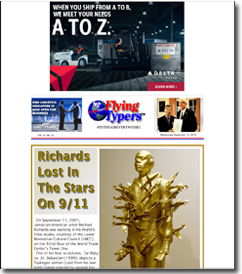 Vol.
15 No. 70 Vol.
15 No. 70Richards Lost In The Stars on 9/11 See What The Bears In The Back Room Will Have Chuckles For September 13, 2016 Out On The Hustings John Lloyd On 9/11 Nalin Rodrigo On 9/11 Gabriels Ahrens On 9/11 David R. Brooks On 9/11 John Ryan On 9/11 Kay Kratky On 9/11 Oliver Evans On 9/11 Oliver Neerfeld On 9/11 Ram Menen On 9/11 |
 Vol.
15 No. 71 Vol.
15 No. 71Hanjin Debacle Pain Into Gain American Rates September Chuckles For September 15, 2016 |
|
Publisher-Geoffrey
Arend • Managing Editor-Flossie Arend • Film Editor-Ralph Arend • Special Assignments-Sabiha Arend, Emily Arend • Advertising Sales-Judy Miller |
|




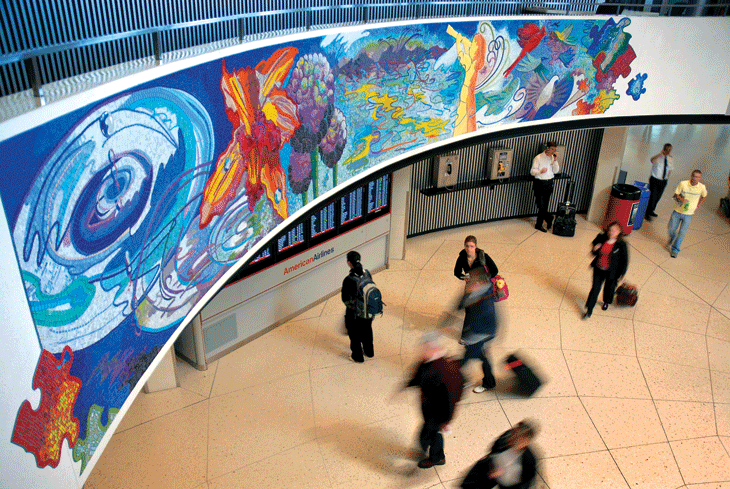

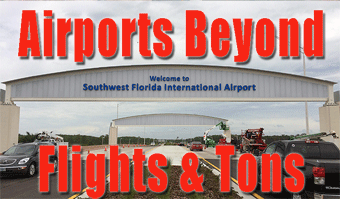
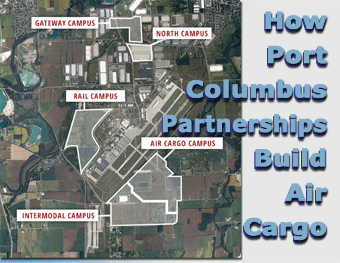
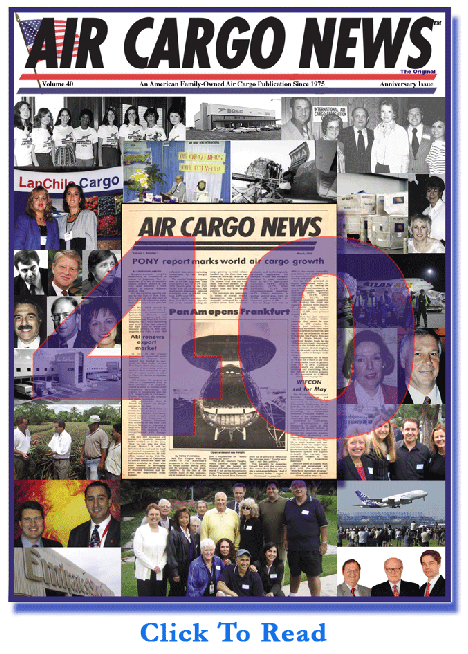

 “As
a leader in the global air cargo industry, we decided
that it was not only important for us to build state-of-the-art
cool chain facilities for the transport of pharma products,
but to also go the extra mile and ensure the compliance
of our operations against the highest international
standards,” said SkyCargo DSVP Nabil Sultan (right).
“As
a leader in the global air cargo industry, we decided
that it was not only important for us to build state-of-the-art
cool chain facilities for the transport of pharma products,
but to also go the extra mile and ensure the compliance
of our operations against the highest international
standards,” said SkyCargo DSVP Nabil Sultan (right).